Nowadays, more and more people are interested in fitness and lifestyle, which lead to the boom of the sports market. It’s more convenient for people to work out at home, so treadmills for home use have become the new trend of home gym equipment. Whether you’re an experienced runner or a novice seeking to improve your health, you must also be worried about how to select a suitable treadmill for your home. Thus, this essay aims to help you figure out the key factor of choosing a home treadmill in a quick and efficient way, so that you can purchase a treadmill to meet your fitness requirements while considering the price of your home budget.
Table of Contents:
– Understanding treadmill specifications
– Features to look for in a home treadmill
– Space and storage considerations
– Maintenance and durability
– Making the purchase: Price vs. value
Understanding treadmill specifications
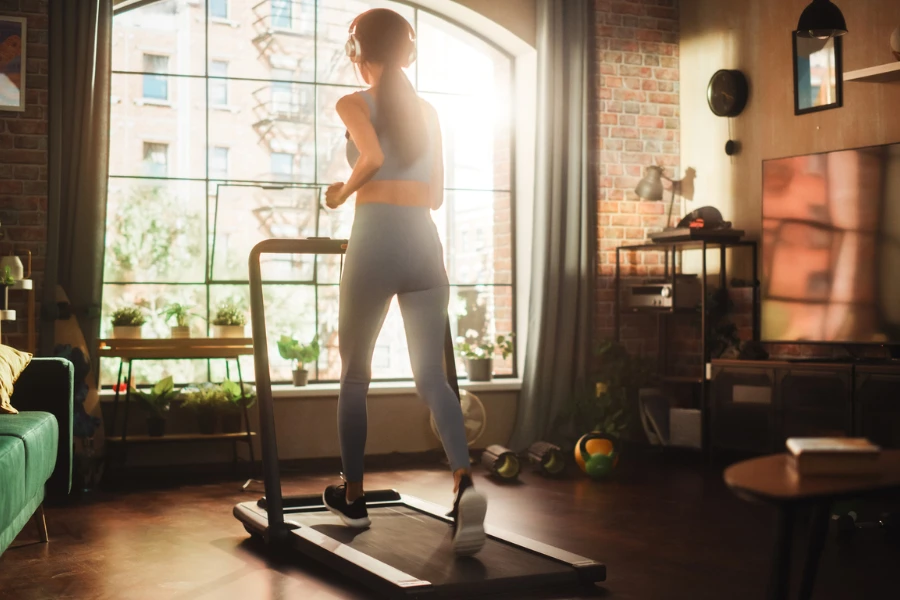
If you’re looking to buy a treadmill for home use, you need to start with the fundamentals: the specifications. Treadmill specs can read like an alphabet soup of numbers and terms, but they provide the clearest indicators as to how well a treadmill will fit your needs. Horsepower (HP) – the motor power of your treadmill – is the specification that will most directly affect your treadmill’s ability to withstand long-term wear and tear, especially if you’re a runner. A 2.5 continuous HP motor is good for regular use.
The other important spec is the size of the treadmill’s belt. The belt needs to be large enough to accommodate your steps – too short or too narrow, and you’ll feel restricted in your movements and might actually bang into the sides of the treadmill. Other than sizing, the next consideration is whether the treadmill offers speed and incline options to increase or vary the intensity of your workout.
Features to look for in a home treadmill
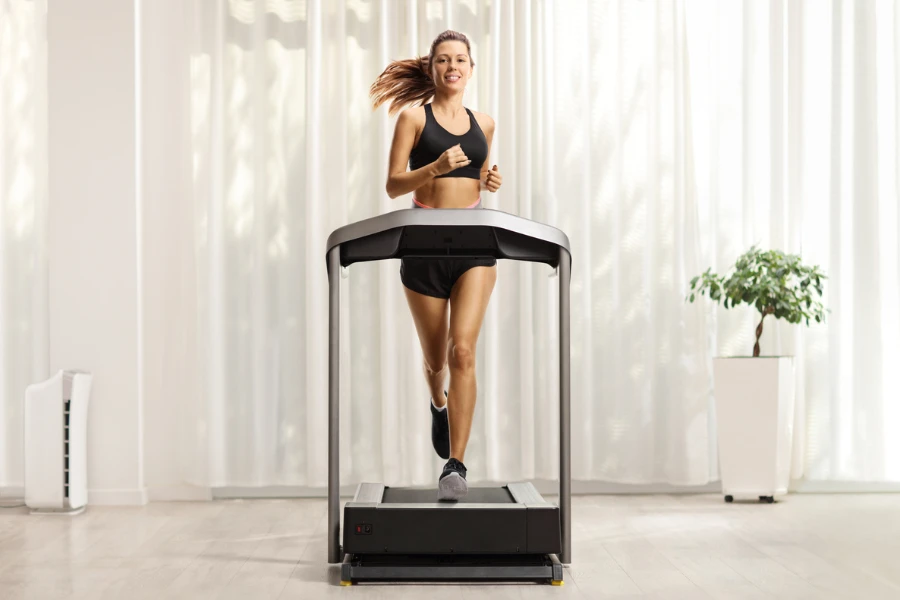
Beyond the basics, the newest models of treadmills come with a slew of features to help you make the most of your workout. One of the most popular features is the ability to track and monitor your progress. Find a treadmill that provides feedback on the workout in the form of time completed, calories you’ve burned, how much distance you’ve covered, and information on your heart rate and other important metrics. This information is extremely useful in setting goals and monitoring your improvements over time.
You can also get interactive training programmes in many treadmills that guide you through workouts according to your abilities, adjusting the speed and incline at the touch of a button to match the training session. Cushioning is another key feature. This makes your workout safer and more comfortable by reducing the impact on your joints, which is especially useful for users with pre-existing issues or for the long-term.
Space and storage considerations
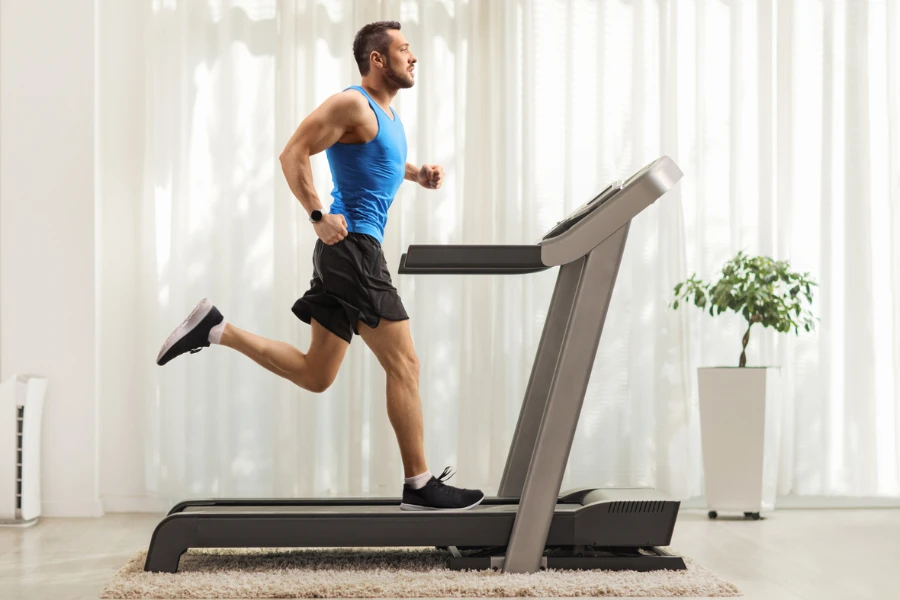
Space requirements are a key issue for many would-be owners, and so, although there is price variety, space is arguably the major factor in selecting your priority from the types of home treadmill. Fortunately, the market provides a great deal of choice, particularly in folding electric treadmills that cower damage-free under the bed at the end of your workout, and can be hidden away when not in use, maximising your floor space.
However, folding treadmills need to be stable and strong enough for use or you might find yourself trying to chase down a piece of equipment as it topples over and makes for your door. Generally, a non-folding treadmill has a more substantial frame and a higher weight capacity, making it more useful if you are larger than average or if you plan on using the treadmill quite a bit. Always check the dimensions of a treadmill both in use and in storage, so you know it will fit in your space.
Maintenance and durability
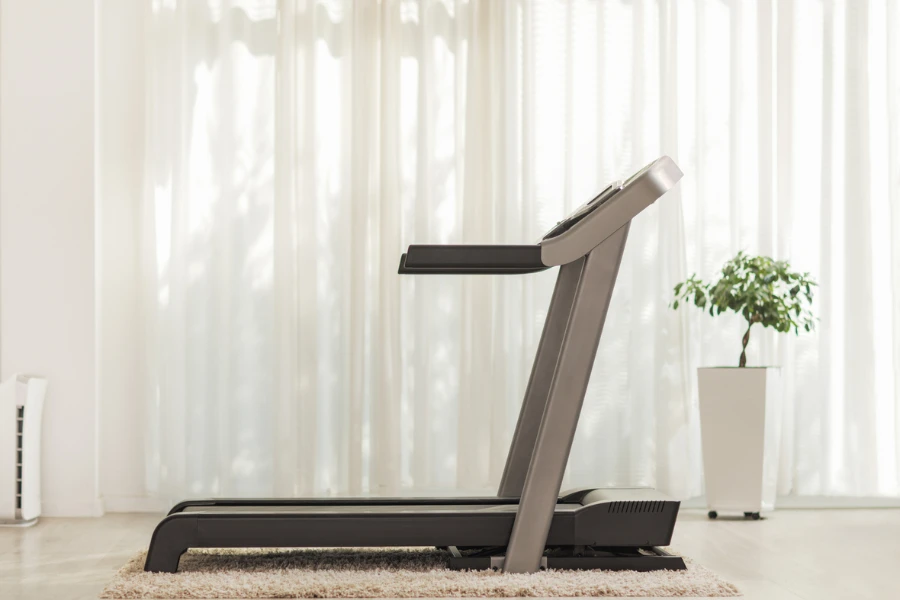
The life of the treadmill for domestic use depends on its build quality and care.If the treadmill is of high build quality it will be able to withstand the influences of regular use for a long time. If the treadmill is well taken care of with lubricating the belt, turning bolts and a general clean, it will live for many years.
Research the maintenance requirements of the treadmill: some models are designed with maintenance-free belts, while others may require lubrication on a regular basis. Finally, make sure you’re aware of the warranty length and what is covered. A good motor, frame and parts warranty can provide a sense of security and protect your investment.
Making the purchase: Price vs. value
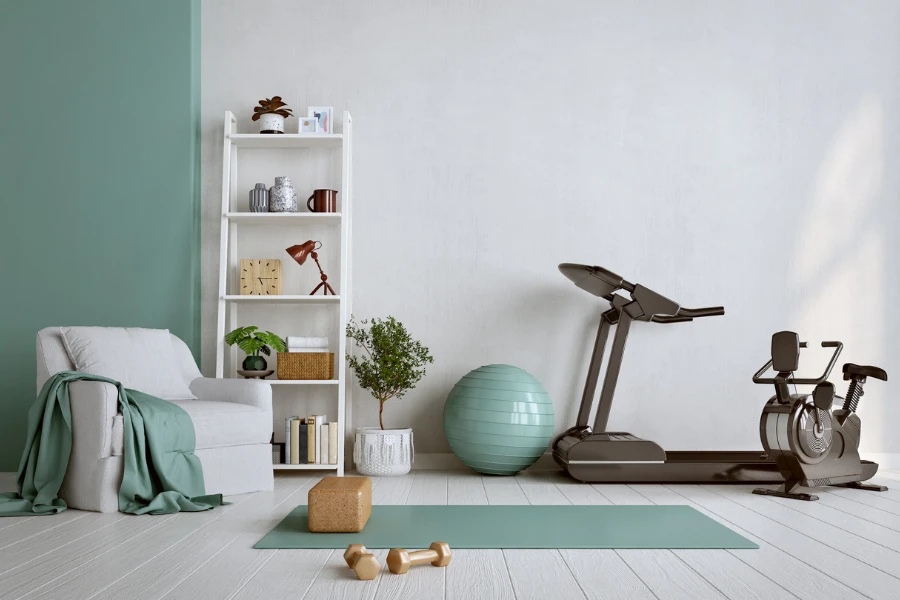
The final factor in deciding what treadmill to purchase for your home is getting a good value for the price. Treadmills range in price from budget- to high-end, feature-packed machines, so it’s important to define which features are must-haves and which will simply be missed.
It can be worth spending a little more upfront for a treadmill that is built well, has the features you warranty that backs up your purchase. A tread path of health and fitness can use.
Conclusion:
Being careful in choosing the right home treadmill means looking at its specifications and features, at the space where the treadmill is going to be placed, how easy it is to maintain, and of course at its price. When you do your research and are clear about what you need and the space where you are going to use it, you won’t get disappointed because you will have chosen the treadmill for your home, that fits into your budget and encourages and helps you to stay in shape. The message here is that you need to choose the right machine that will be willing to support you in your efforts to be a more fit person.




